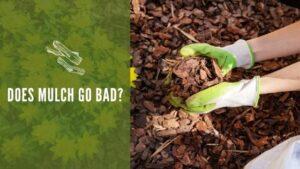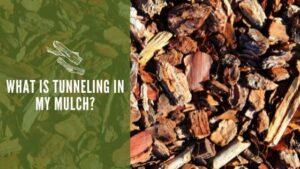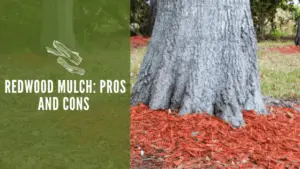Best Mulch For Slopes
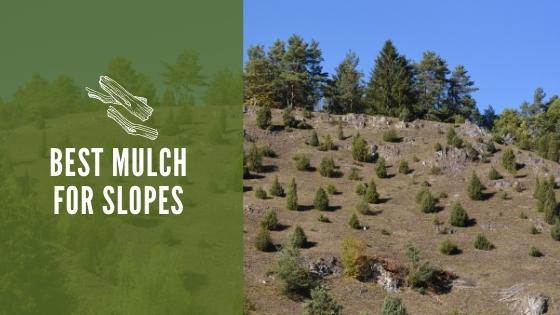
If you don’t have a flat yard but would like to landscape it with mulch. You need to know what type of mulch works best and how to lay it. So what’s the best mulch for slopes and the proper way to lay it? Let’s discuss!
Types of Mulch for Slope
When choosing mulch for a sloping area, you need to choose the type carefully. You want a mulch that remains in place on a slope. If not, you’re not only wasting your time, but you’re also wasting your money.
Mulch not designed for slopes will not remain where you want it and will instead slide back down the slope in a pool when it becomes flat, though some will remain on the path. You could also risk the path becoming uneven in certain parts as the mulch slides.
One example of a mulch that works best for a sloping area is shredded bark. For one, this mulch is aesthetically appealing to most people, thus making it a common choice. Secondly, the bark shreds tend to become entangled, thus not sliding down the slope very far.
Consider using hay or straw. These materials will stay in place well, so you won’t have to remulch more than once or twice a year like you would with other options.
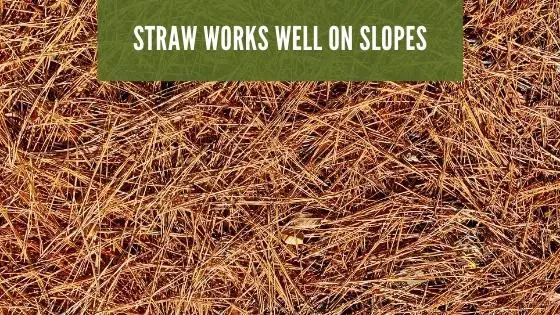
One type you should never use on a slope is wood chips of any type if you have a steep slope. Particularly, if you have a slope that’s steeper than six percent, you should avoid these. Every time it rains, you’ll notice that these will run down the hill.
Keep in mind that if you have a steep slope, any kind of mulch might not work well. You may need to figure out another way to make a garden or path in this situation.
How Do You Keep Mulch on a Slope?
First and foremost, you need to choose a mulch that works well on a slope.
Secondly, when you lay the mulch, place netting rather than plastic. The plastic makes it, so any mulch you choose will potentially slide out of place. Even fabric doesn’t work well for this variety of projects.
Use landscaping pins to hold down your netting. If you don’t use pins specifically designated for landscaping, your netting could fall down the slope. As a result, your mulch will slide down with it.
Another step to making mulch stay on a slope is landscaping edging. Landscaping edging helps to keep materials confined to the area that you decide.
Additionally, make sure you dig the part of your yard where you’ll place the mulch deeper than the rest of the yard. The land around the garden or path will keep the mulch in place, at least somewhat.
Other Ways to Landscape a Slope
If mulch doesn’t sound like an appealing option for your path or garden on a slope, you may question what else you can use.
One option is to use gravel. The rocks tend to prevent soil erosion, so you don’t have to worry about your yard washing out. They also tend to stay in place when laid properly. You need to make sure you account for the drainage, though, and dig slightly deeper than necessary to keep them in position.
You could also use large landscaping stones instead of mulch or gravel. You can dig out the path and position them.
You can also create steps out of wood, stone, or concrete for a path on a slope. When laid right, these will stay where they’re supposed to for many years to come.
Landscaping a slope can be frustrating, considering not all options will hold up well when it rains, especially mulch. However, when you choose the right mulch or opt for another choice, you can have the landscape you always dreamed of and make it work for your yard.

